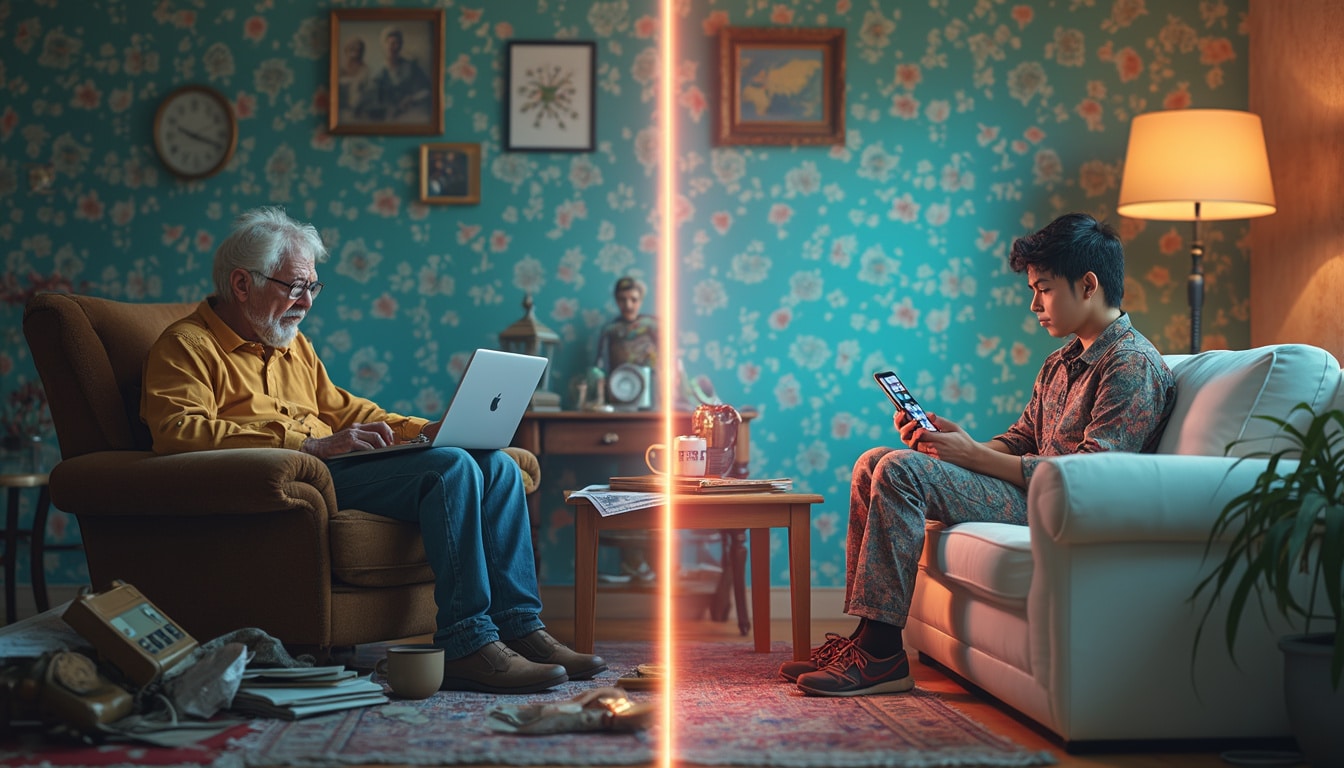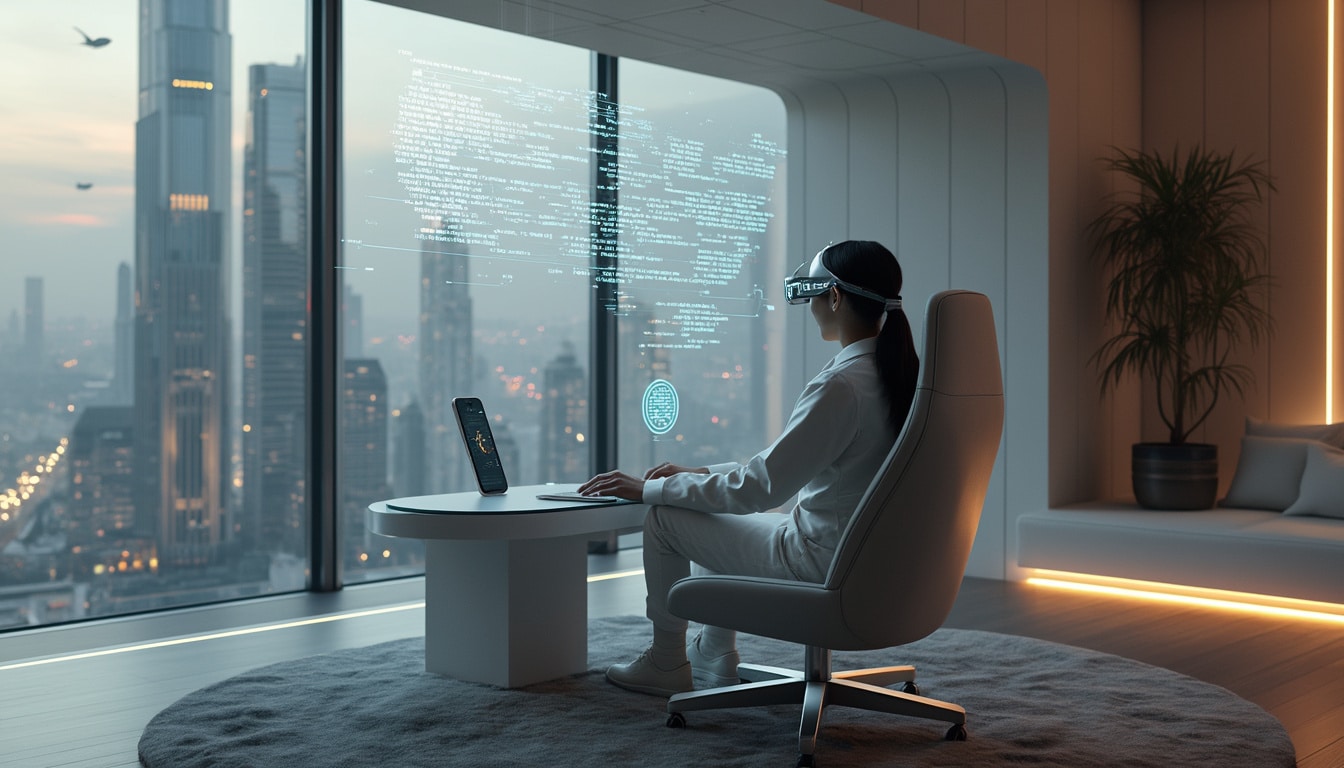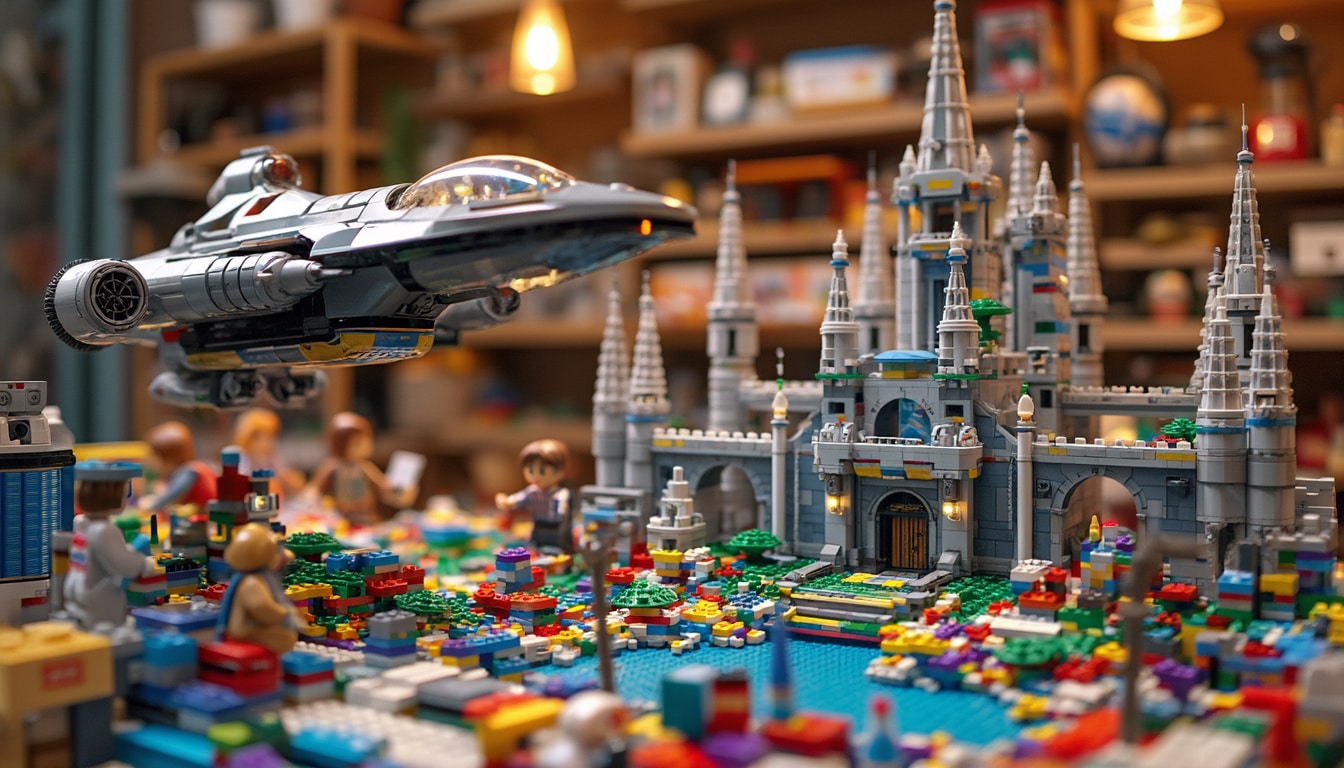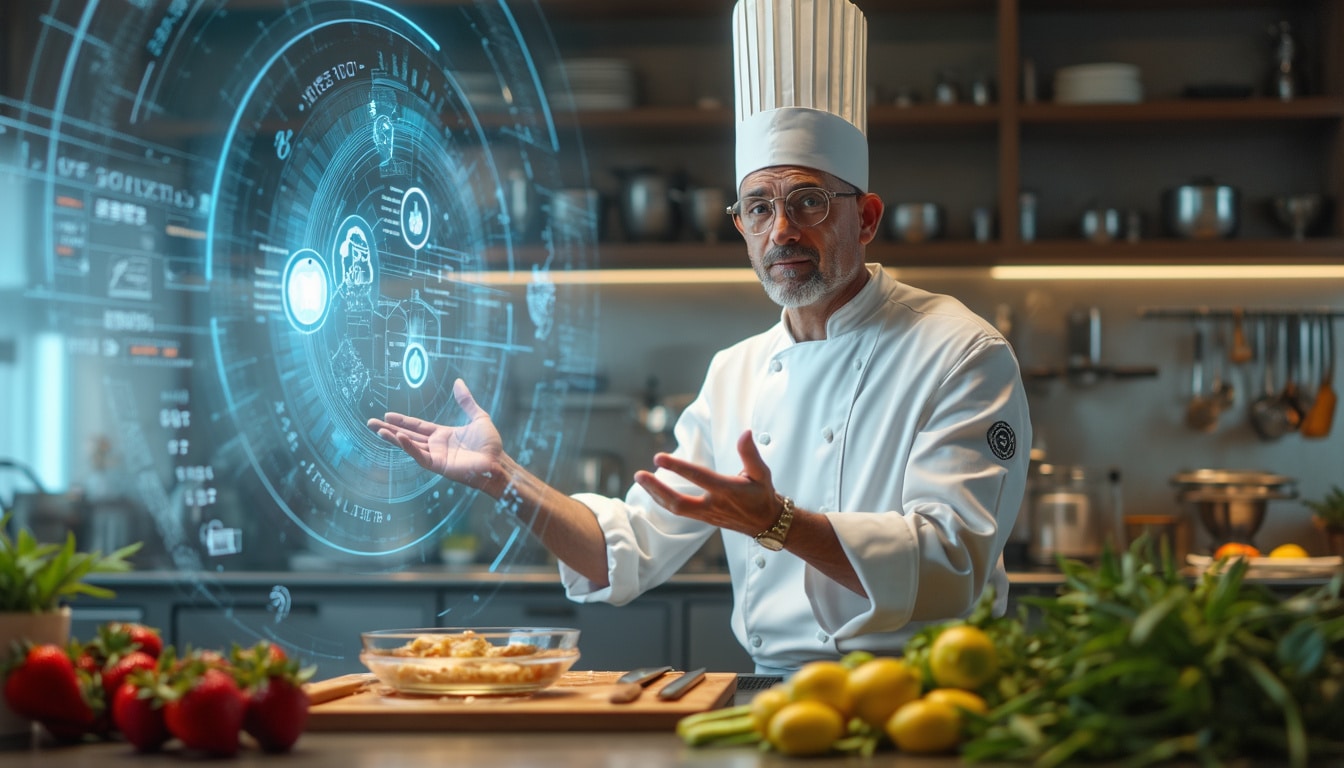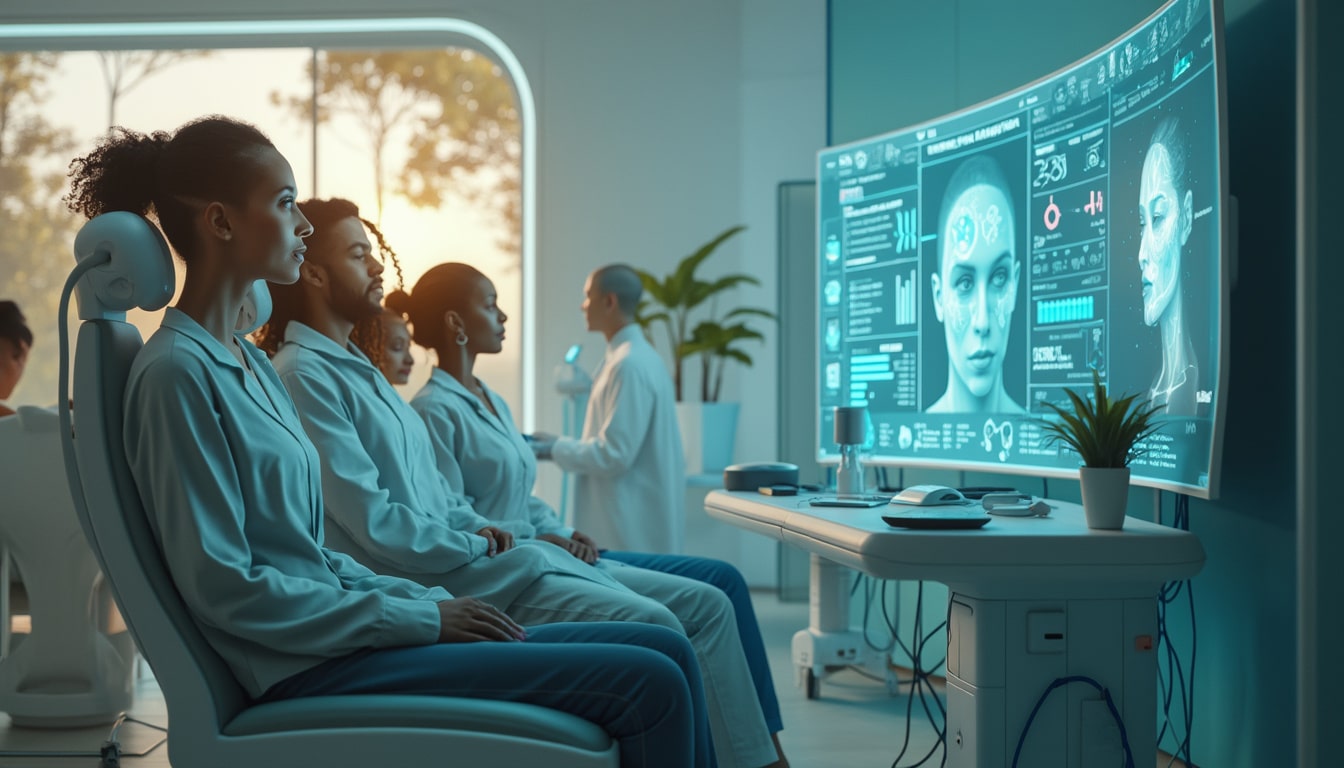As we navigate the ever-evolving landscape of technology, artificial intelligence has emerged as a game-changer in how we capture, edit, and relive our most cherished memories. Imagine a world where your photos and videos are not just static images but dynamic pieces of art that breathe new life into your past. With advanced tools like Deep Nostalgia AI and Magic Editor, we can enhance, animate, and even reimagine our captures in ways we never thought possible. This transformative power offers a unique opportunity to reconnect with those fleeting moments, allowing us to preserve not just images, but the essence of our experiences in a truly revolutionary manner. The future of memory preservation is here, and it’s powered by AI.
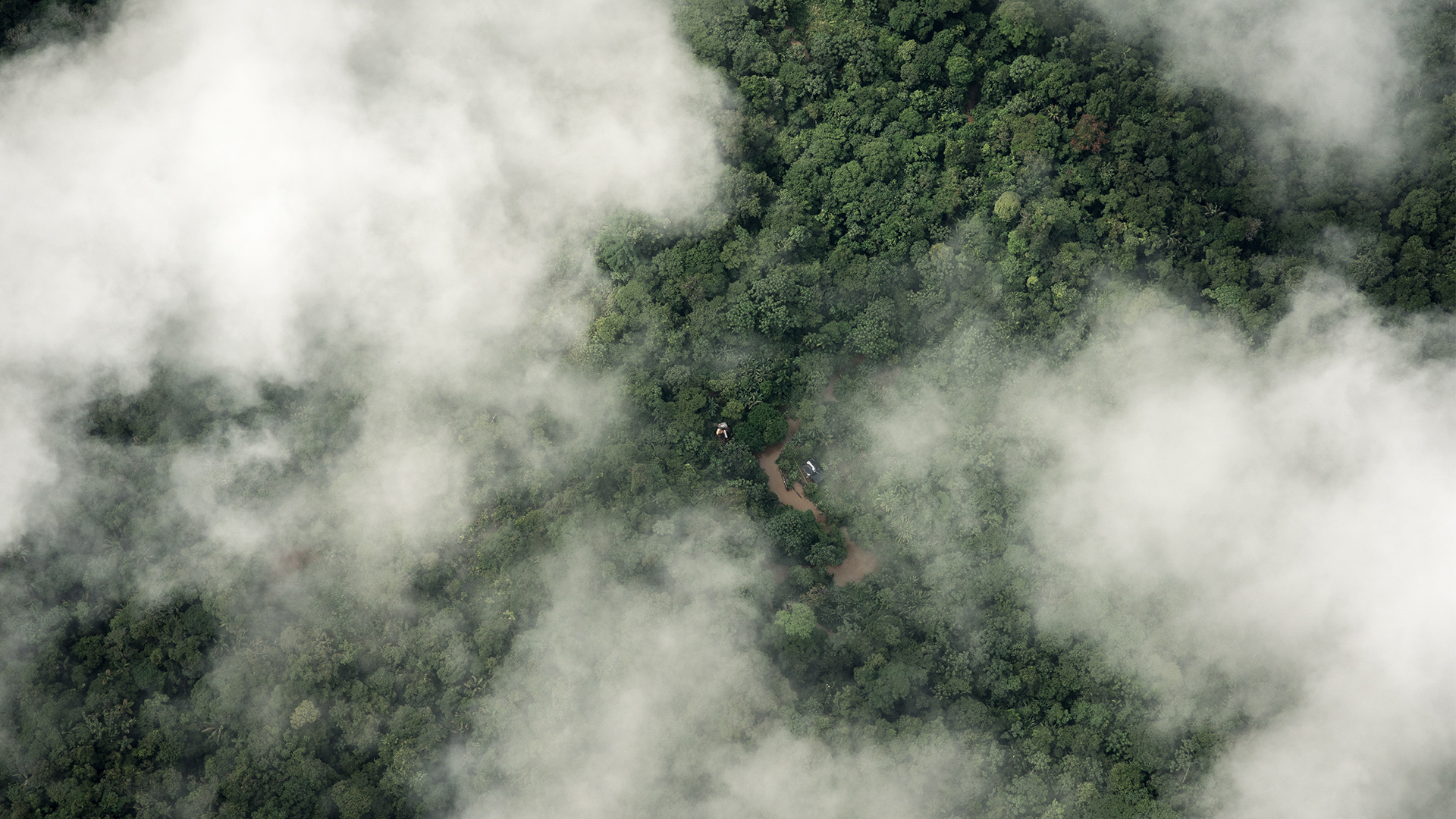
In a world constantly evolving through technology, artificial intelligence (AI) stands out as a game changer in how we preserve and revisit our most treasured memories. From enhancing photo quality to enabling the transformation of static images into moving memories, AI tools are set to revolutionize our interactions with photographs and videos. This article dives into the various ways AI is shaping the future of memory preservation.
Table of contents
ToggleThe Revolution of Memory Preservation
Imagine a time when your family videos captured in an old camcorder can be digitized and enhanced with just a click. AI-driven solutions like iMemories are already making this a reality, breathing new life into aging tapes and photographs by improving quality, removing imperfections, and adjusting color tones to bring out the vibrancy that time has faded.
Generative AI: Bringing Memories to Life
Think of the memories that never made it onto film or the moments that were lost to time. With projects like Synthetic Memories, generative AI is stepping in to help families around the globe reclaim experiences that were never captured. This innovative approach is paving the way for people to relive their past in a way that feels authentic.
Transforming Photos into Experiences
AI doesn’t stop at just enhancing photographs; it can transform them into stunning videos. Tools like Deep Nostalgia AI utilize advanced animation techniques to bring still images to life, creating facial expressions, head movements, and eye blinking that make these moments tangible once more. This evolution encourages a deeper connection with your memories, allowing for an engaging experience rather than just static recollections.
Editing Made Effortless
The future of editorial practices in photography is incredibly bright with the emergence of AI-powered tools. Features like Magic Editor put sophisticated editing capabilities right at your fingertips, making it simpler than ever to reimagine, resize, and modify your images effortlessly. Whether you want to swap backgrounds or manipulate elements within the frame, the potential is astounding!
Redefining the Photographer’s Role
With AI capable of performing enhancements and adjustments with minimal human intervention, one may wonder what this means for traditional photography. Will photographers become obsolete? Not necessarily. Instead, the role shifts; they can focus on the creative aspects, utilizing AI to handle more technical details. This fusion of human talent and AI efficiency fosters an exciting partnership rather than a competition.
The Ethical Dimensions of AI in Memory Preservation
However, as we embrace the magic of AI, we must remain vigilant about its potential downsides. Ethical concerns surrounding privacy, authenticity, and the manipulation of memories are vital discussions in the age of AI. How do we ensure that this technology is used respectfully and thoughtfully? Engaging in these dialogues will help guide AI’s development in ways that enrich our lives.
Future Implications
The implications of AI in transforming how we preserve and relive our memories extend beyond immediate applications. As AI continues to evolve and integrate into our lives, it regularly enhances our creative capacities and drives efficiencies we have yet to imagine. The relationship between human beings and AI is becoming increasingly collaborative, leading to new frontiers in creativity and innovation.

Google’s AI search results are a disaster. I hate that it’s turning into a resource that can no longer be trusted https://t.co/9nOsB6JyGy
— Tom Warren (@tomwarren) May 23, 2024









